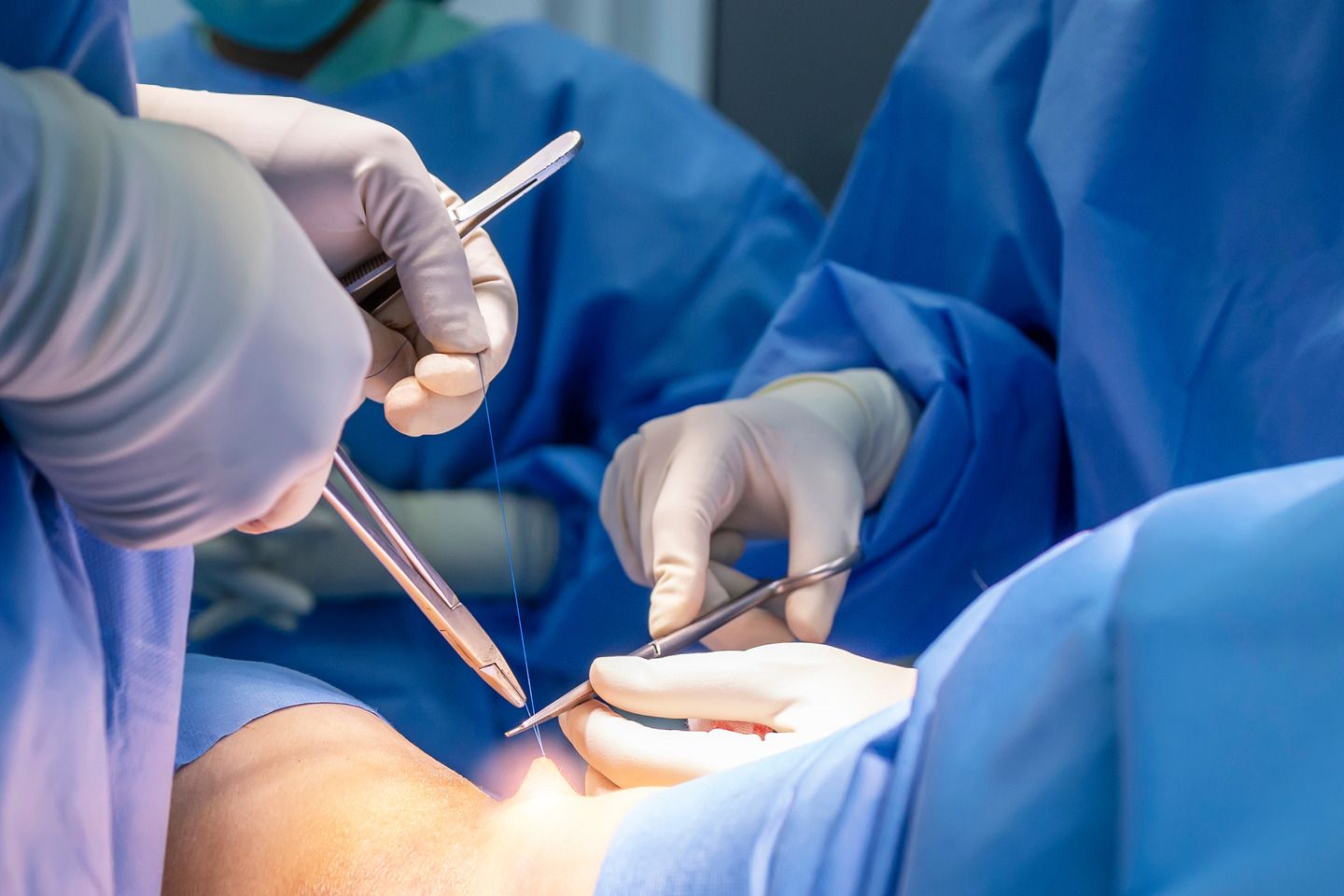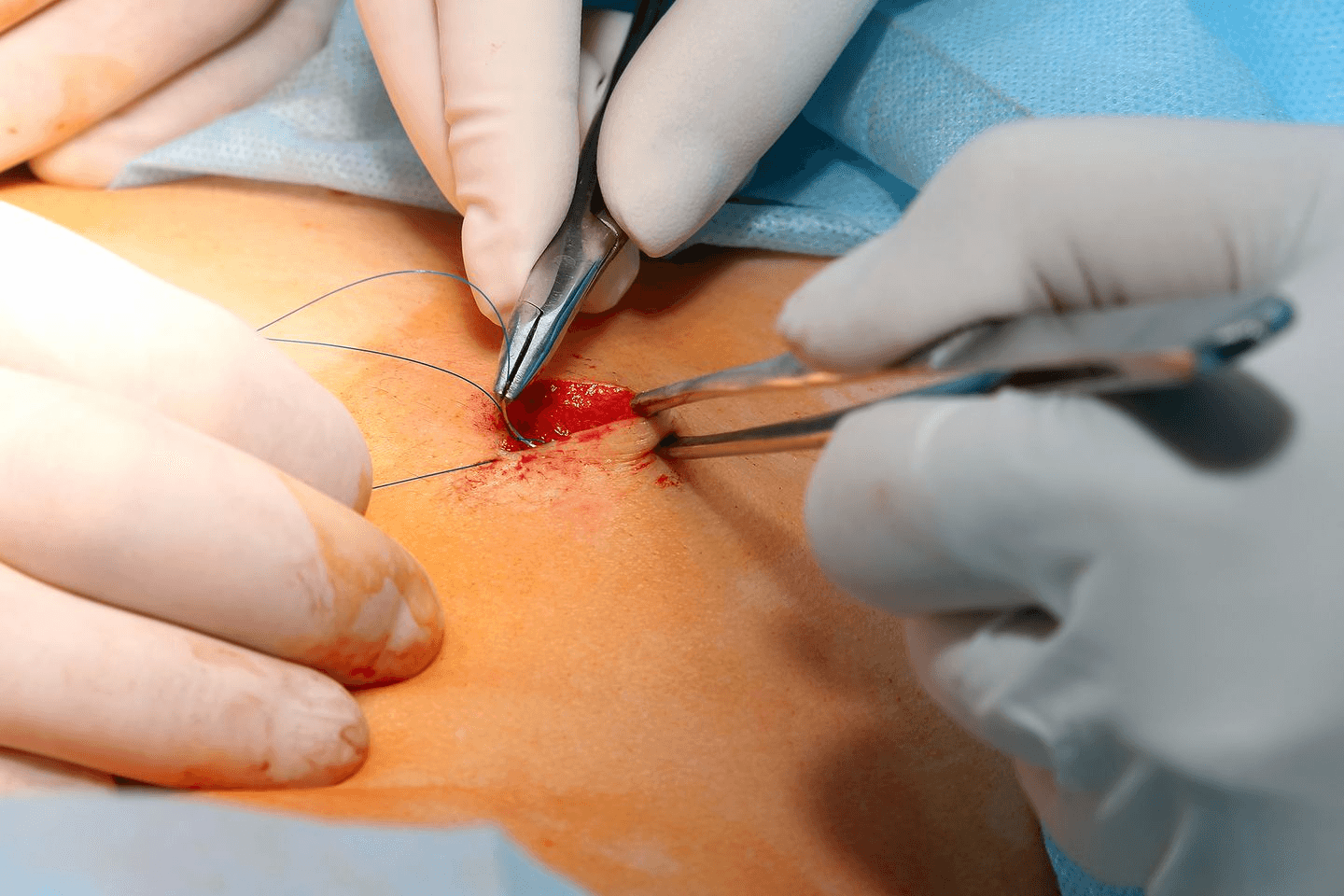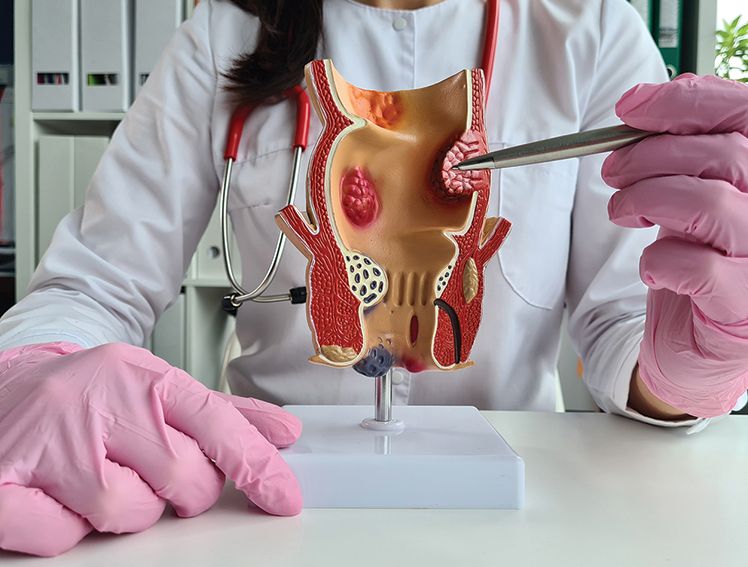
Introduction
When you've had surgery or an injury that needs stitches, taking good care of the wound is essential. After all, sutures help close the wound and allow it to heal, but they also require some attention to ensure everything goes smoothly. If you don't care for them properly, infections can set in and slow down your recovery. But don't worry! In this blog, we will discuss simple, easy-to-follow do's and don'ts that will help you prevent infections and support the healing process.
Understanding Suture Infections: Common Signs and Symptoms
Infections are one of the most common issues that can happen after getting stitches. A suture infection occurs when bacteria make their way into the wound, causing irritation or inflammation. If you're wondering how to spot an infection, here are some signs to look out for:
Redness or swelling around the suture site
Increased pain or tenderness in the area
Pus or discharge coming from the wound
Warmth around the wound
Fever or chills
If any of these symptoms show up, it's crucial to take action right away to prevent the infection from spreading or getting worse. Don't wait for it to improve on its own—early attention can make all the difference.
Do’s: How to Prevent Infections and Promote Healing
Keep the Wound Clean and Dry
One of the best ways to avoid infection is by keeping the suture site clean and dry. Gently clean the area with mild soap and water, as suggested by your healthcare provider. It's important to avoid harsh chemicals or scrubbing too hard, as this can irritate the wound and delay healing.
Follow Your Doctor's Instructions
Your healthcare provider will give you specific instructions for caring for the suture site. Whether it’s about cleaning, changing dressings, or avoiding certain activities, be sure to follow their advice closely. They know what’s best for your recovery. If you have absorbable sutures, which naturally dissolve in the body over time, you may not need suture removal. However, it’s still important to keep the area clean and monitor for any signs of infection.
Use Sterile Dressings
To protect the suture site from bacteria and dirt, cover it with a sterile dressing. Make sure to change the dressing regularly and always use a clean one. This helps reduce the risk of infection by keeping the area protected.
Keep the Area Protected
Exposing the suture site to moisture, dirt, or bacteria can cause infections. When heading outside or engaging in physical activity, cover the area with a waterproof bandage or covering to keep it safe from harmful exposure.
Keep Your Hands Clean
Before touching the suture, site or changing the dressing, wash your hands thoroughly with soap and water. Clean hands are one of the simplest ways to prevent transferring bacteria to the wound, helping it heal properly.
Watch for Any Changes
Keep an eye on the suture site for any changes, such as increased redness, swelling, or discharge. If something seems off, don't hesitate to contact your healthcare provider for advice. Early detection of any problems can avert bigger problems later.
Don'ts: Mistakes to Avoid When Caring for Sutures
Don't Scratch or Pick at the Wound
It might be tempting to scratch or pick at the suture site, especially if it starts to itch. However, doing so can introduce bacteria into the wound and increase the risk of infection. Try your best not to disturb the area, and let it heal naturally. It's hard, but it's essential for the recovery process.
Avoid Tight or Irritating Clothing
Tight clothes that rub against the suture site can cause irritation, make healing slower, and increase the risk of infection. Choose loose, comfortable clothes made of breathable fabrics that won't put pressure on the wound.
Don’t Soak the Wound in Water
It's tempting to jump into a warm bath or go for a swim, but avoid soaking the suture site in water, especially in pools, hot tubs, or bathtubs, until it's fully healed. Soaking can introduce bacteria and slow down the healing process.
Don't Ignore Signs of Infection
If you notice any signs of infection like increased redness, swelling, or pus, don't just wait and hope it will get better. It's important to take action early to prevent the infection from getting worse. Reach out to your healthcare provider if you notice something concerning.
Don't Engage in Strenuous Activities Too Soon
After surgery or an injury that requires sutures, take it easy. Strenuous activities or exercises that put pressure on the suture site can cause the sutures to loosen or even lead to infection. Give your body the time it needs to heal properly before jumping back into intense physical activities.
Additional Tips for Faster Healing
Eat a Healthy Diet
A balanced diet can do wonders for your recovery. Eating foods rich in vitamins and minerals, like fruits, vegetables, lean proteins, and whole grains, helps your body repair tissues and fight off infections. The better you fuel your body, the faster and more effectively it can heal.
Stay Hydrated
Drinking plenty of water is important for staying hydrated and helping your body heal. Proper hydration supports your immune system, which in turn helps prevent infections and speeds up recovery. So, make sure to drink enough water throughout the day.
Rest and Relax
Don't underestimate the power of rest. Getting enough sleep and taking it easy lets your body focus on healing. Avoid over-exerting yourself or engaging in activities that might stress your body, as this can slow down the healing process.
Avoid Smoking
If you smoke, try to avoid it during your recovery period. Smoking can interfere with the healing process and increase the risk of infection. Giving up smoking, even temporarily, can help your body heal more efficiently.
When to Contact Your Doctor
If you notice any of the following signs, it's important to get in touch with your healthcare provider:
Redness, swelling, or pain around the suture site that gets worse over time
Pus or discharge coming from the wound
A fever or chills developing
A feeling of warmth around the suture site
If the suture site starts to open or the stitches become loose
Mitsu AB Suture by Meril
The Mitsu AB Suture is a synthetic absorbable suture made from Polyglactin 910, designed for smooth and reliable wound closure. Known for its high tensile strength and excellent handling properties, this suture ensures secure knotting and minimal tissue reaction. The suture is ideal for soft tissue approximation and ligation in various surgical procedures. Being absorbable, it gradually dissolves in the body, eliminating the need for suture removal and making it convenient for both patients and surgeons. Its predictable absorption profile ensures effective support during the critical healing period.
Conclusion
Taking care of a wound with sutures is essential for preventing infections and ensuring proper healing. By following the do's and avoiding the don'ts, you can help your wound heal smoothly and without complications. Stay alert, keep the area clean and protected, and don't hesitate to contact your doctor if you notice anything unusual. With the right care and attention, your body will recover quickly and safely, giving you peace of mind during the healing process.
SHARE NOW



